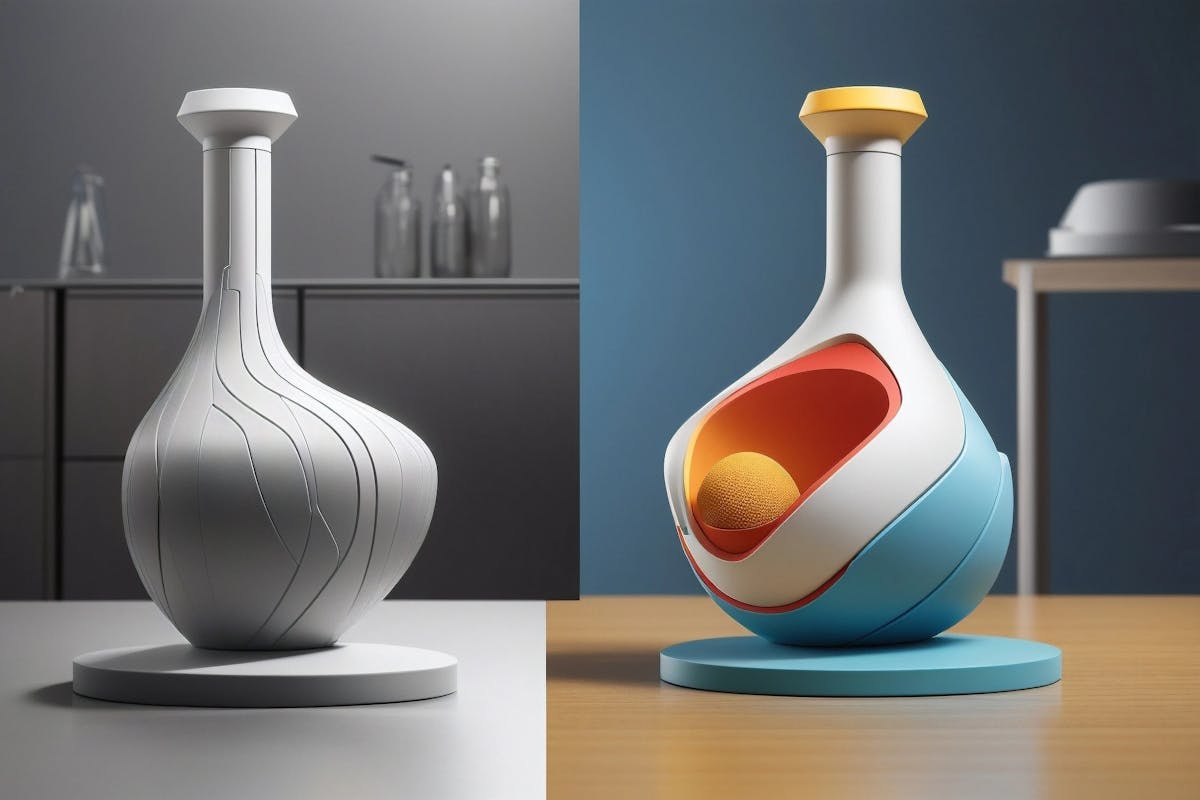
Perfecting Your Prints:The Art of Post-Processing in 3D printing
Post-processing
Post-processing techniques represent the final stage in the 3D printing workflow, occurring after the initial printing process is complete. These techniques aim to enhance the visual appeal, functionality, or material properties of the printed object. Below are several commonly employed post-processing methods in the realm of 3D printing:
Support Structure Removal: In many 3D printing methods, support structures are necessary to facilitate the printing of overhangs and intricate geometries. The first step in post-processing typically involves the systematic removal of these support structures.
Sanding and Smoothing: Abrasive tools, including sandpaper, are used to refine surfaces, eliminate layer lines, and improve the overall texture and finish of the object.
Priming and Painting: To enhance the aesthetics of the printed item, primers and paints can be applied, introducing color and providing protective coatings.
Assembly: For objects comprised of multiple components, assembly becomes a requisite post-printing step. Techniques such as gluing, snapping, or fastening are commonly employed to join these parts together.
Filling and Bonding: Gaps, seams, or imperfections can be filled using fillers, epoxy, or adhesives, enabling the bonding of different parts.
Polishing: The application of buffing and polishing compounds can achieve a glossy or reflective surface on printed components.
Heat Treatment: In certain cases, the application of heat to materials like thermoplastics can enhance strength, alleviate stress, or improve mechanical properties.
Painting and Coating: Beyond priming, specialized coatings like varnishes, sealants, or protective layers can serve both aesthetic and functional purposes.
Dyeing and Colouring ’s materials allow for custom colouring or dyeing to achieve unique colours and patterns.
Electroplating: In the context of metal 3D prints, electroplating is employed to deposit a metal layer onto the surface, augmenting appearance, and material properties.
Laser Etching and Engraving: Laser technology provides precision for etching or engraving intricate details onto the object's surface.
Chemical Finishing: Chemical treatments, such as vapor smoothing or chemical baths, can be employed to dissolve or refine the surfaces of specific materials.
Sandblasting: Utilizing high-pressure sandblasting is a method to eliminate layer lines and impart a matte finish to the object."